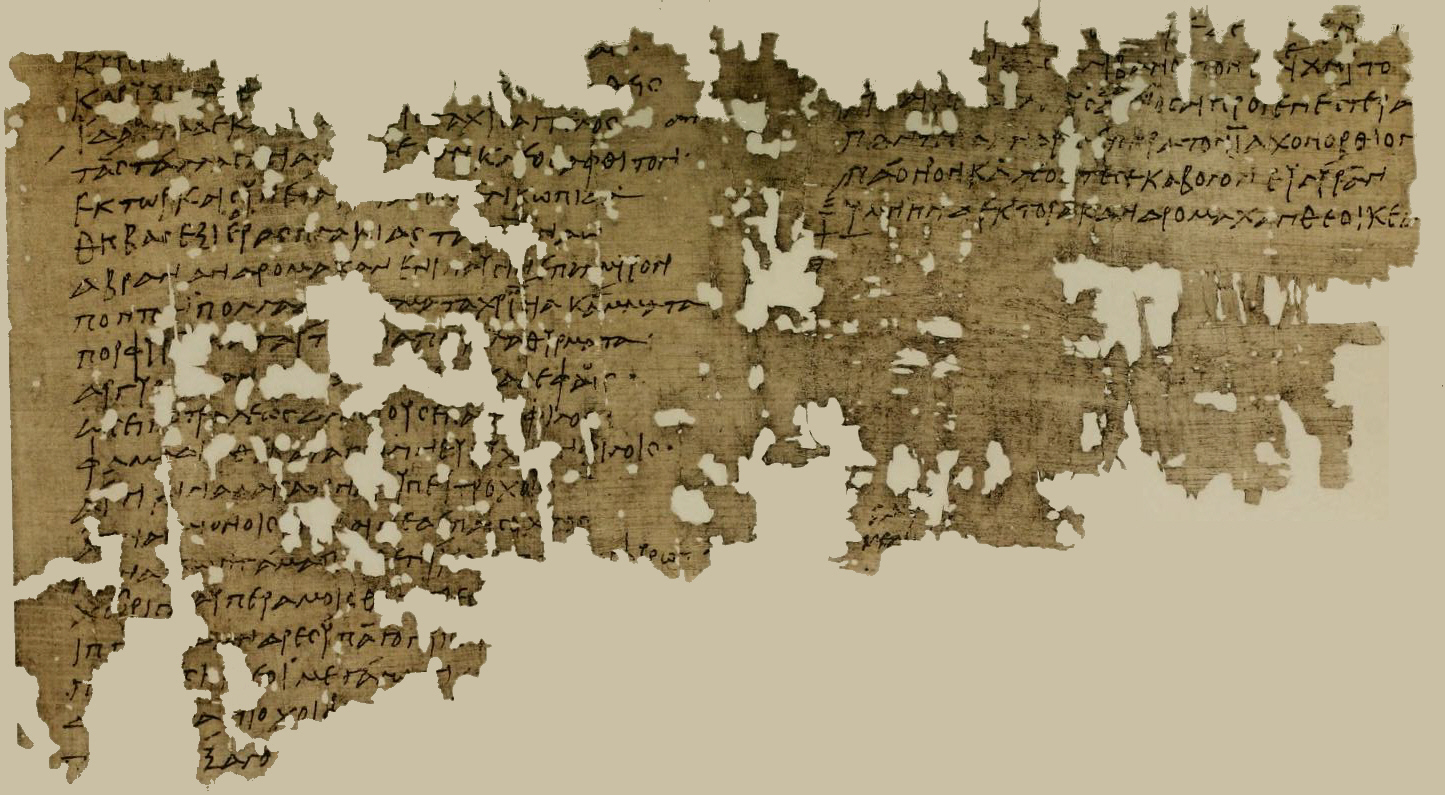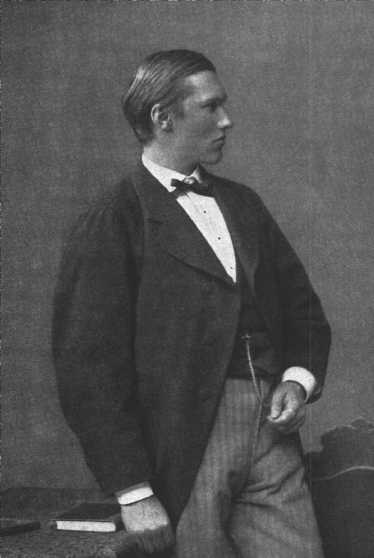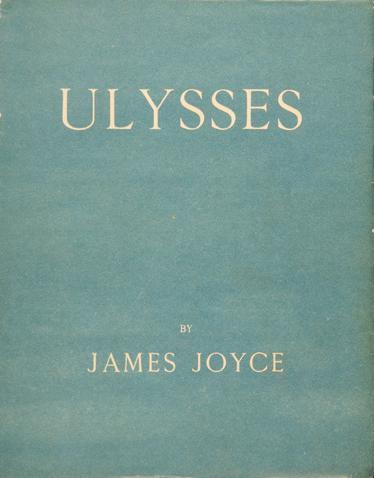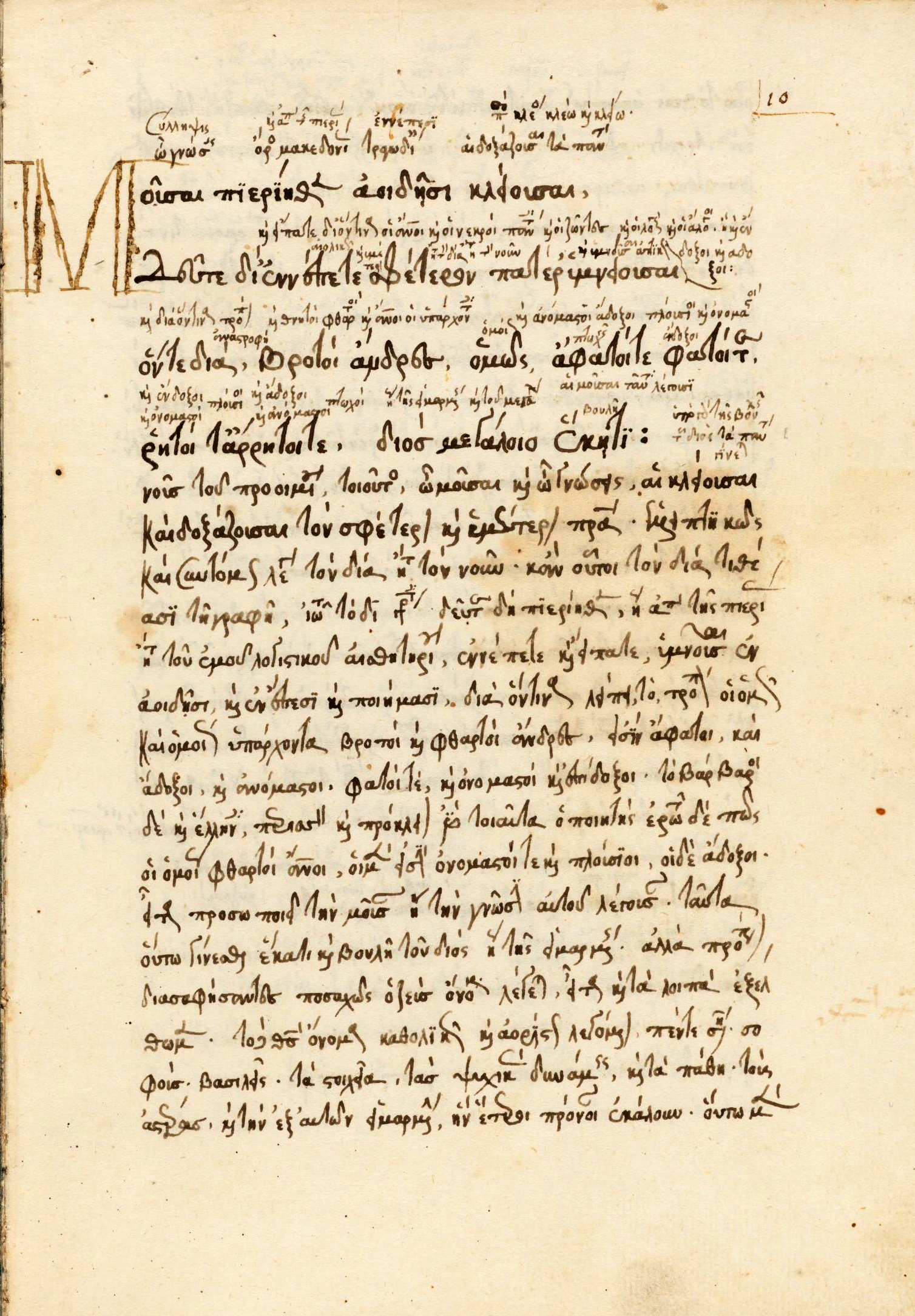|
Sappho 44
Sappho 44 is a fragment of a poem by the archaic Greek poet Sappho Sappho (; el, Σαπφώ ''Sapphō'' ; Aeolic Greek ''Psápphō''; c. 630 – c. 570 BC) was an Archaic Greek poet from Eresos or Mytilene on the island of Lesbos. Sappho is known for her Greek lyric, lyric poetry, written to be sung while ..., which describes the wedding of Hector and Andromache. Preserved on a piece of papyrus found in Egypt, it is the longest of Sappho's surviving fragments, and is written in epic style suiting its subject. The metre is glyconic with double Aeolic verse#Choriambic nucleus and expansion, dactylic expansion. Preservation The poem was preserved on Papyrus Oxyrhynchus 1232, a fragment of Oxyrhynchus Papyri, papyrus found at Oxyrhynchus in Egypt and first published in 1914, now in the collection of the Bodleian Library at Oxford University. The papyrus dates to the first half of the third century AD. Fragment 44 is the longest piece of Sappho's poetry preserved. A secon ... [...More Info...] [...Related Items...] OR: [Wikipedia] [Google] [Baidu] |
Sappho
Sappho (; el, Σαπφώ ''Sapphō'' ; Aeolic Greek ''Psápphō''; c. 630 – c. 570 BC) was an Archaic Greek poet from Eresos or Mytilene on the island of Lesbos. Sappho is known for her Greek lyric, lyric poetry, written to be sung while accompanied by music. In ancient times, Sappho was widely regarded as one of the greatest lyric poets and was given names such as the "Tenth Muse" and "The Poetess". Most of Poetry of Sappho, Sappho's poetry is now lost, and what is extant has mostly survived in fragmentary form; only the "Ode to Aphrodite" is certainly complete. As well as lyric poetry, ancient commentators claimed that Sappho wrote elegiac and iambic poetry. Three epigrams attributed to Sappho are extant, but these are actually Hellenistic imitations of Sappho's style. Little is known of Sappho's life. She was from a wealthy family from Lesbos, though her parents' names are uncertain. Ancient sources say that she had three brothers; Charaxos (Χάραξος), Larichos ( ... [...More Info...] [...Related Items...] OR: [Wikipedia] [Google] [Baidu] |
Ulrich Von Wilamowitz-Moellendorf
Enno Friedrich Wichard Ulrich von Wilamowitz-Moellendorff (22 December 1848 – 25 September 1931) was a German classical philologist. Wilamowitz, as he is known in scholarly circles, was a renowned authority on Ancient Greece and its literature. Life Youth Wilamowitz-Moellendorff was born in Markowitz (Markowice), a small village near Hohensalza (Inowrocław), in the then Province of Posen (now part of the Kuyavian-Pomeranian Voivodeship), to a Germanized family of distant Polish ancestry. His father, a Prussian Junker, was Arnold Wilamowitz, of Szlachta origin and using the Ogończyk coat of arms, while his mother was Ulrika, née Calbo. The couple settled in a small manor confiscated from a local noble in 1836. The Prussian part of their name, von Moellendorf, was acquired in 1813, when Prussian field marshal Wichard Joachim Heinrich von Möllendorf adopted Ulrich's ancestors. Wilamowitz, a third child, grew up in East Prussia. In 1867 Wilamowitz passed his ''Abitu ... [...More Info...] [...Related Items...] OR: [Wikipedia] [Google] [Baidu] |
Epic Cycle
The Epic Cycle ( grc, Ἐπικὸς Κύκλος, Epikòs Kýklos) was a collection of Ancient Greek epic poems, composed in dactylic hexameter and related to the story of the Trojan War, including the ''Cypria'', the '' Aethiopis'', the so-called ''Little Iliad'', the ''Iliupersis'', the ''Nostoi'', and the ''Telegony''. Scholars sometimes include the two Homeric epics, the ''Iliad'' and the ''Odyssey'', among the poems of the Epic Cycle, but the term is more often used to specify the non-Homeric poems as distinct from the Homeric ones. Unlike the ''Iliad'' and the ''Odyssey'', the cyclic epics survive only in fragments and summaries from Late Antiquity and the Byzantine period. The Epic Cycle was the distillation in literary form of an oral tradition that had developed during the Greek Dark Age, which was based in part on localised hero cults. The traditional material from which the literary epics were drawn treats Mycenaean Bronze Age culture from the perspective of Iron A ... [...More Info...] [...Related Items...] OR: [Wikipedia] [Google] [Baidu] |
Intertext
Intertextuality is the shaping of a text's meaning by another text, either through deliberate Composition (language), compositional strategies such as quotation, allusion, calque, plagiarism, translation, pastiche or parody,Gerard Genette (1997) ''Paratexts'p.18/ref>Hallo, William W. (2010) ''The World's Oldest Literature: Studies in Sumerian Belles-Lettres'p.608/ref>Cancogni, Annapaola (1985''The Mirage in the Mirror: Nabokov's Ada and Its French Pre-Texts''pp.203-213 or by interconnections between similar or related works perceived by an audience or reader of the text. These references are sometimes made deliberately and depend on a reader's prior knowledge and understanding of the referent, but the effect of intertextuality is not always intentional and is sometimes inadvertent. Often associated with strategies employed by writers working in imaginative registers (fiction, poetry, and drama and even non-written texts like performance art and digital media), intertextuality is n ... [...More Info...] [...Related Items...] OR: [Wikipedia] [Google] [Baidu] |
Ancient Greek Literature
Ancient Greek literature is literature written in the Ancient Greek language from the earliest texts until the time of the Byzantine Empire. The earliest surviving works of ancient Greek literature, dating back to the early Archaic period, are the two epic poems the ''Iliad'' and the ''Odyssey'', set in an idealized archaic past today identified as having some relation to the Mycenaean era. These two epics, along with the Homeric Hymns and the two poems of Hesiod, ''Theogony'' and ''Works and Days'', constituted the major foundations of the Greek literary tradition that would continue into the Classical, Hellenistic, and Roman periods. The lyric poets Sappho, Alcaeus, and Pindar were highly influential during the early development of the Greek poetic tradition. Aeschylus is the earliest Greek tragic playwright for whom any plays have survived complete. Sophocles is famous for his tragedies about Oedipus, particularly ''Oedipus the King'' and ''Antigone''. Euripides is known ... [...More Info...] [...Related Items...] OR: [Wikipedia] [Google] [Baidu] |
Idaeus
Idaeus or Idaios ( grc, Ἰδαῖος) is a given name. People with the name include: Mythology * Idaeus, a Trojan, charioteer of Priam * Idaeus, a Trojan, the son of Dares * Idaeus, a son of Dardanus (son of Zeus) * Idaeus, one of the three sons that Helen of Troy had with Paris (mythology), according to Dictys Cretensis * Idaeus, an epithet of Zeus * Idaeus, an epithet of Herakles History * Idaeus of Cyrene, Libya, an ancient Greek Olympic winner at foot-race. He won at 275 B.C. * Idaeus of Rhodes Rhodes (; el, Ρόδος , translit=Ródos ) is the largest and the historical capital of the Dodecanese islands of Greece. Administratively, the island forms a separate municipality within the Rhodes regional unit, which is part of the So ..., ancient Greek epic poet * Idaeus, anyone/anything from or pertaining to Mount Ida Reference {{given name Greek masculine given names ... [...More Info...] [...Related Items...] OR: [Wikipedia] [Google] [Baidu] |
Iliad
The ''Iliad'' (; grc, Ἰλιάς, Iliás, ; "a poem about Ilium") is one of two major ancient Greek epic poems attributed to Homer. It is one of the oldest extant works of literature still widely read by modern audiences. As with the ''Odyssey'', the poem is divided into 24 books and contains 15,693 lines in its most widely accepted version, and was written in dactylic hexameter. Set towards the end of the Trojan War, a ten-year siege of the city of Troy by a coalition of Mycenaean Greek states, the poem depicts significant events in the siege's final weeks. In particular, it depicts a fierce quarrel between King Agamemnon and a celebrated warrior, Achilles. It is a central part of the Epic Cycle. The ''Iliad'' is often regarded as the first substantial piece of European literature. The ''Iliad'', and the ''Odyssey'', were likely written down in Homeric Greek, a literary amalgam of Ionic Greek and other dialects, probably around the late 8th or early 7th century BC. Homer's ... [...More Info...] [...Related Items...] OR: [Wikipedia] [Google] [Baidu] |
Edgar Lobel
Edgar Lobel (24 December 1888 – 7 July 1982) was a Romanian-British classicist and papyrologist who is best known for his four decades overseeing the publication of the literary texts among the Oxyrhynchus Papyri and for his edition of Sappho and Alcaeus in collaboration with Denys Page. His contributions to the fields of papyrology and Greek studies were many and substantial, and Eric Gardner Turner believed that Lobel should "be acknowledged as a scholar to be mentioned in the same breath as Porson and Bentley, a towering genius of English scholarship." Early life and education Lobel was born in Iași, Romania on 24 December 1888. As a youth he moved to Higher Broughton with his parents Amelia and Arthur Lobel, a shipowner. He was educated at Kersal School before moving on to Manchester Grammar School where he was head boy and won a scholarship to Balliol College, Oxford in 1906. Despite the fact that his father had been compelled by poverty to emigrate to the United Sta ... [...More Info...] [...Related Items...] OR: [Wikipedia] [Google] [Baidu] |
Hector
In Greek mythology, Hector (; grc, Ἕκτωρ, Hektōr, label=none, ) is a character in Homer's Iliad. He was a Trojan prince and the greatest warrior for Troy during the Trojan War. Hector led the Trojans and their allies in the defense of Troy, killing countless Greek warriors. He was ultimately killed in single combat by Achilles, who later dragged his dead body around the city of Troy behind his chariot. Etymology In Greek, is a derivative of the verb ἔχειν ''ékhein'', archaic form * grc, ἕχειν, hékhein, label=none ('to have' or 'to hold'), from Proto-Indo-European *'' seɡ́ʰ-'' ('to hold'). , or as found in Aeolic poetry, is also an epithet of Zeus in his capacity as 'he who holds verything together. Hector's name could thus be taken to mean 'holding fast'. Description Hector was described by the chronicler Malalas in his account of the ''Chronography'' as "dark-skinned, tall, very stoutly built, strong, good nose, wooly-haired, good beard, sq ... [...More Info...] [...Related Items...] OR: [Wikipedia] [Google] [Baidu] |
Athenaeus
Athenaeus of Naucratis (; grc, Ἀθήναιος ὁ Nαυκρατίτης or Nαυκράτιος, ''Athēnaios Naukratitēs'' or ''Naukratios''; la, Athenaeus Naucratita) was a Greek rhetorician and grammarian, flourishing about the end of the 2nd and beginning of the 3rd century AD. The ''Suda'' says only that he lived in the times of Marcus Aurelius, but the contempt with which he speaks of Commodus, who died in 192, shows that he survived that emperor. He was a contemporary of Adrantus. Several of his publications are lost, but the fifteen-volume '' Deipnosophistae'' mostly survives. Publications Athenaeus himself states that he was the author of a treatise on the ''thratta'', a kind of fish mentioned by Archippus and other comic poets, and of a history of the Syrian kings. Both works are lost. The ''Deipnosophistae'' The '' Deipnosophistae'', which means "dinner-table philosophers", survives in fifteen books. The first two books, and parts of the third, eleventh and ... [...More Info...] [...Related Items...] OR: [Wikipedia] [Google] [Baidu] |
Papyrus Oxyrhynchus 2076
Papyrus ( ) is a material similar to thick paper that was used in ancient times as a writing surface. It was made from the pith of the papyrus plant, ''Cyperus papyrus'', a wetland sedge. ''Papyrus'' (plural: ''papyri'') can also refer to a document written on sheets of such material, joined side by side and rolled up into a scroll, an early form of a book. Papyrus is first known to have been used in Egypt (at least as far back as the First Dynasty), as the papyrus plant was once abundant across the Nile Delta. It was also used throughout the Mediterranean region. Apart from a writing material, ancient Egyptians employed papyrus in the construction of other artifacts, such as reed boats, mats, rope, sandals, and baskets. History Papyrus was first manufactured in Egypt as far back as the fourth millennium BCE.H. Idris Bell and T.C. Skeat, 1935"Papyrus and its uses"( British Museum pamphlet). The earliest archaeological evidence of papyrus was excavated in 2012 ... [...More Info...] [...Related Items...] OR: [Wikipedia] [Google] [Baidu] |






